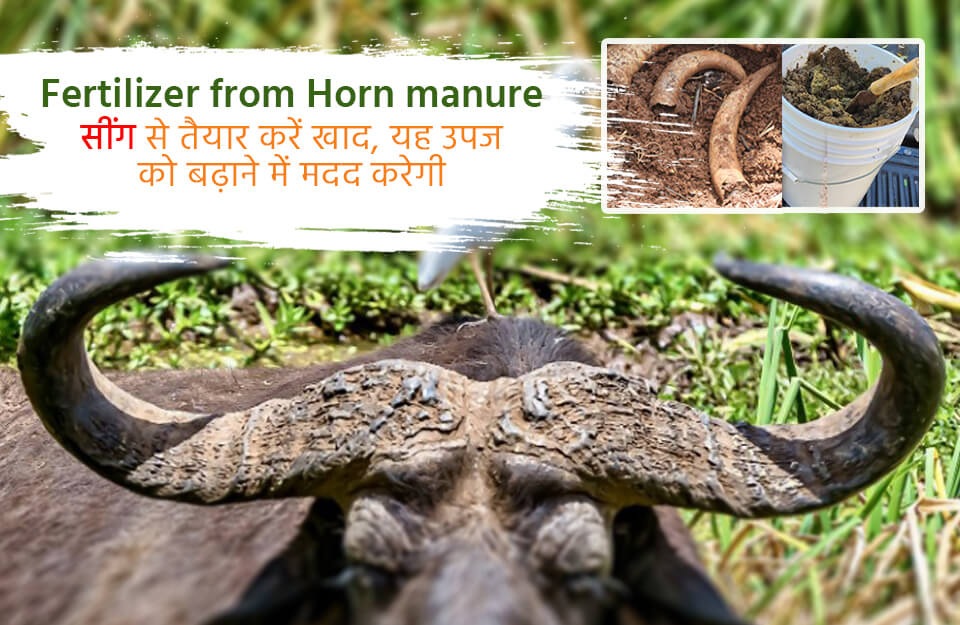
Farmers employ effective fertilizers to boost productivity and income in their fields. These fertilizers are either crafted by the farmers themselves or readily available in the market. However, there exists a category of fertilizer that farmers are adept at producing on their own—the horn fertilizer. Typically derived from the horns of milch animals, such as cows, post their natural demise, this fertilizer is becoming increasingly popular among farmers seeking self-sufficiency. Let's delve into the specific method of creating this horn fertilizer and understand how it contributes to enhanced crop yields.
Filling the Horns with Cow Dung
To craft horn fertilizer, essential materials include horns sourced from a deceased milch cow, fresh cow dung, aged compost manure, and soil. The initial step involves extracting the material from the horns of the deceased cow, rendering them hollow. Subsequently, the horns undergo a thorough cleaning with water and sun-drying to eliminate any lingering odor. The hollow horns are then filled with cow dung from a lactating cow.
Digging a Pit in the Ground
Once the horns are laden with dung, they are strategically buried in nutrient-rich soil within an open area. A pit, approximately 40 centimeters deep, is dug, with the dimensions adaptable to specific needs. The pit is filled with soil and the cow dung mixture in a 25:1 ratio. Regular watering of the area is essential to facilitate the fertilization process.
Storage and Usage
Typically buried around October-November, the horns remain in the pit for approximately six months. The optimal period for retrieval falls between March and April. After extracting the horns, the fertilizer is separated from them and stored in a cool, damp environment. In high-temperature conditions, the soil container should be partially submerged into the soil, with the surrounding soil consistently moistened.
Application
Upon extraction, 75 grams of horn fertilizer should be blended with 40 liters of clean water and applied to one hectare of land. Stirring the horn fertilizer in both clockwise and counterclockwise directions with a wooden stick is recommended during application. Experts advise utilizing the solution within an hour of preparation for optimal results. Consistent use of horn fertilizer over two to three years has been proven to enhance soil quality significantly.